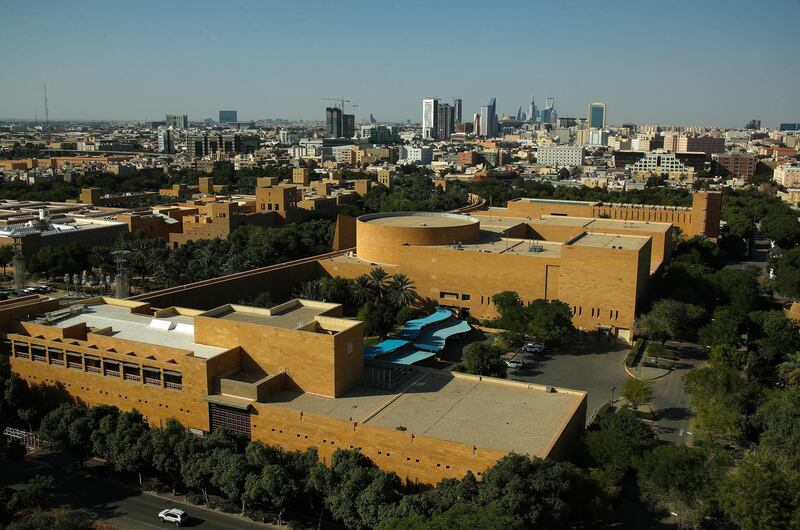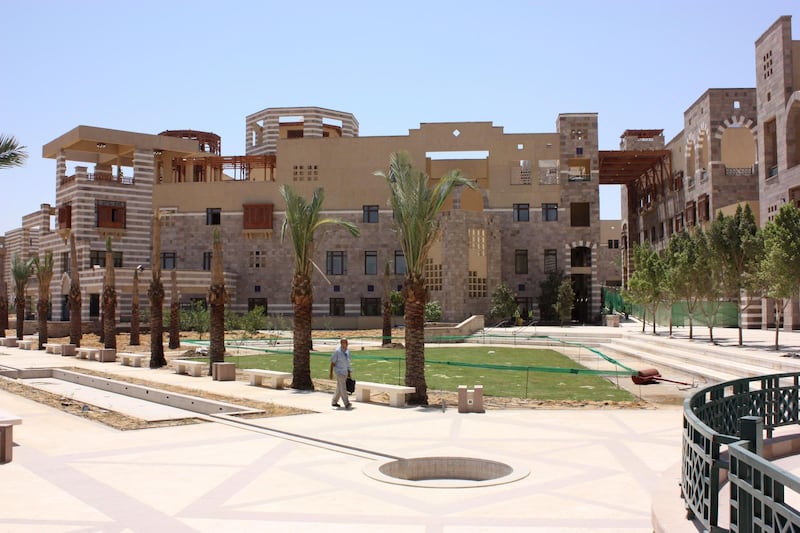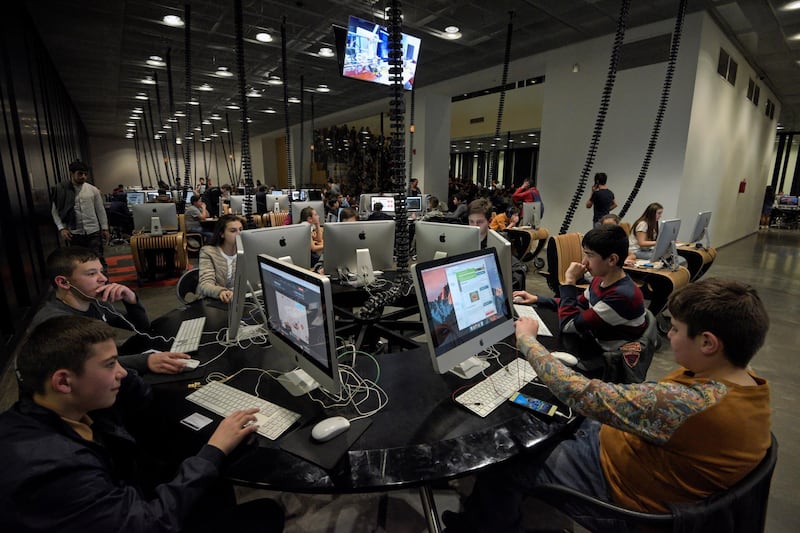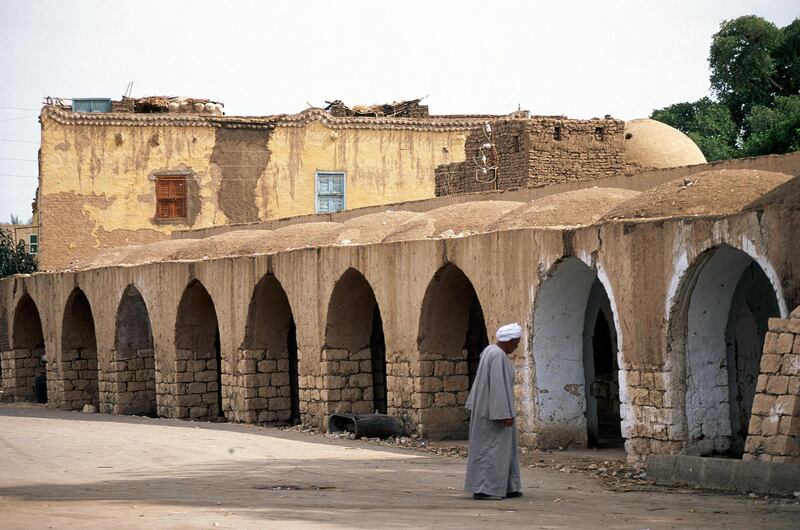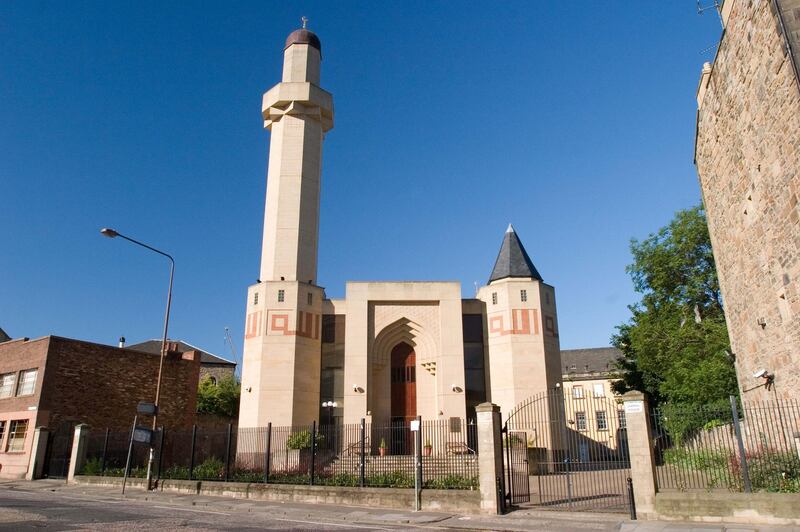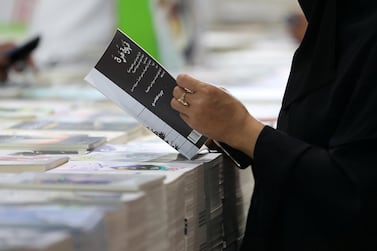From intricate arabesques to geometric mosaics, there are some elements of design that are unmistakably Arab in origin.
As architectural trends have evolved throughout the years – going from the lavish styles of the 19th century to the more subdued and minimal approaches of today – Arab architects have drawn inspiration from the culture and adapted it to contemporary tastes and needs. Some, like Ammar Khammash, have conceived their designs with nature in mind. Others, like Zaha Hadid, have taken a completely new approach.
From the Guangzhou Opera House to the New Qurna village, here are some of the most interesting buildings around the world designed by Arab architects ...
King Abdulaziz Historical Centre
Rasem Badran is a Jordanian-Palestinian architect whose works blend historically-inherited cultural values with contemporary needs. Inspired by the architectural heritage of Najd, the King Abdulaziz Historical Centre in Riyadh combines the traditional characteristics of the older buildings in the area with a sense of modernity.
The complex consists of three main segments including the Al-Darat building, the Al-Murabba Palace, and the Museum of Islamic Heritage and Science along with the King Abdulaziz Mosque, which are all clustered together with courtyards and narrow alleys.
Badran was the recipient of the esteemed architectural Tamayouz Lifetime Achievement Award last year. Some of his other works include the Grand Mosque and Justice Palace of Riyadh and the International Islamic University Malaysia in Kuala Lumpur.
Guangzhou Opera House
The opera house designed by the late pioneering Iraqi architect Zaha Hadid is the biggest performing arts centre in southern China.
Hadid, who also won the aforementioned award in 2012, conceived the structure as two pebbles washing away by the Pearl River, an extensive river system in southern China. Inaugurated in May 2010, its freestanding concrete auditorium set within an exposed granite and glass-clad steel frame took more than five years to build. The opera house, situated by the river, is at the heart of Guangzhou’s cultural district. Its main auditorium can seat 1,800 people, and its multifunction hall – designed for performance art and concerts – can seat 400. It also has a number of rehearsal rooms and auxiliary facilities.
The curve design is unmistakably Hadid in its originality and other-worldliness. Some of her other projects include the Phaeno Science Center in Wolfsburg, Germany; the National Museum of Arts of the 21st Century (MAXXI) in Rome; and the Sheikh Zayed Bridge in Abu Dhabi.
American University in Cairo – New Cairo campus
Designed by a team of architects including Abdelhalim Ibrahim Abdelhalim, the New Cairo campus of the American University in Cairo has design elements that are unique to Egyptian architectural traditions but also employs contemporary approaches. The 260-acre campus, which opened in the fall of 2008, is large enough to accommodate 5,500 full-time students and 1,500 faculty and staff.
On the university’s relocation from the Greek Campus to the one in New Cairo, Abdulhalim said: “It was a complex process, how we move thousands of people in extraordinary circumstances; we weren’t just moving them from one flat to another, but we were moving the roots of life from one city to another. The creation of AUC’s New Cairo campus is unparalleled in terms of the magnitude, content and meaning of the move.”
Some of Abdulhalim’s other projects include the Grand Egyptian Museum and the Imam Mohamed Ibn Saud Mosque in Riyadh.
The main building of Darat Al Funun
Situated on a hillside to the north of downtown Amman, the space – renovated by Jordanian architect Ammar Khammash – is a haven for regional contemporary art. The main building features an art library, a gallery and workshops for sculptors and painters.
The original building’s construction began in 1918 by the mayor of Salt, one of Jordan’s major cities at the time. The two-storey building served as the official residence of the British commander of the Arab Legion, Colonel F. G. Peake, until 1938. It was then leased to the Jordanian government and used as the Prime Minister’s office. The building was also used as a club for British officers, before being converted into a private school in 1956. It was abandoned between 1978 until 1992, when Darat al Funun took over and restoration began.
The building’s original design is influenced by the Venetian style and echoes the Mediterranean architectural tastes that were in fashion in Beirut, Haifa and Jaffa in the 1920s.
TUMO Centre for Creative Technologies
Designed by Lebanese architect Bernard Khoury, the TUMO Centre for Creative Technologies was founded in Yerevan, Armenia, in 2011. The free education centre offers teenagers specialised courses in technology and design.
It is the structure’s interior that really steals the show. Spanning 7,000 square metres with furniture, workstations, dynamic wiring and partition systems created specifically for the space. The centre is now being frequented by 7,000 students and staffed by a faculty of 150 educators and media professionals.
Khoury is the co-founder of the Arab Centre for Architecture in Lebanon and has designed projects in more than 15 countries. Among his famous works is the BO18 nightclub in Beirut, which was built at the site of a former refugee camp.
New Gourna
Egyptian architect Hassan Fathy called New Gourna, the village he designed in Luxor, Egypt, “a hymn and a chorus of society, humans and technology.”
Built between 1946 and 1952 with mud and brick, the architecture combines traditional materials and techniques. Sadly, it was never completed and all that remains today of the original site is the mosque, market and a few houses. The houses were built to allow good ventilation in order to cool the rooms in the summer. There are raceways under the beds in the bedrooms to prevent insects from climbing up.
The World Monuments Fund included New Gourna in the 2010 World Monuments Watch List of most endangered sites.
The site was meant to be where the people residing in the moutnains of the old Gourna village relocated to. Fathy hoped that New Gourna would serve as a model village for the Egyptian countryside but did not live to see how it unfolded.
Edinburgh Central Mosque
Iraqi architect Basil Al Bayati, who spent most of his career working in Europe, is described as an architect in whom East meets West. He is considered to be one of the most important figures in metaphoric architecture, a 20th century architectural movement, which derives inspiration from the design patterns found in nature.
Bayati's design for the Edinburgh Central Mosque, which opened in 1998, reflects his appreciation for classic styles of architecture found in the East and the West. The mosque is located near the National Museum of Scotland and the central area of the University of Edinburgh. Construction of the mosque and Islamic centre took more than six years to complete and cost £3.5million (Dh15.3million). The Islam Festival Edinburgh is held at the mosque during the entire month of August every year.
Some of Al Bayati’s other works include the Oriental Village By The Sea in the Dominican Republic and the Tomb of Gul Baba in Budapest.
